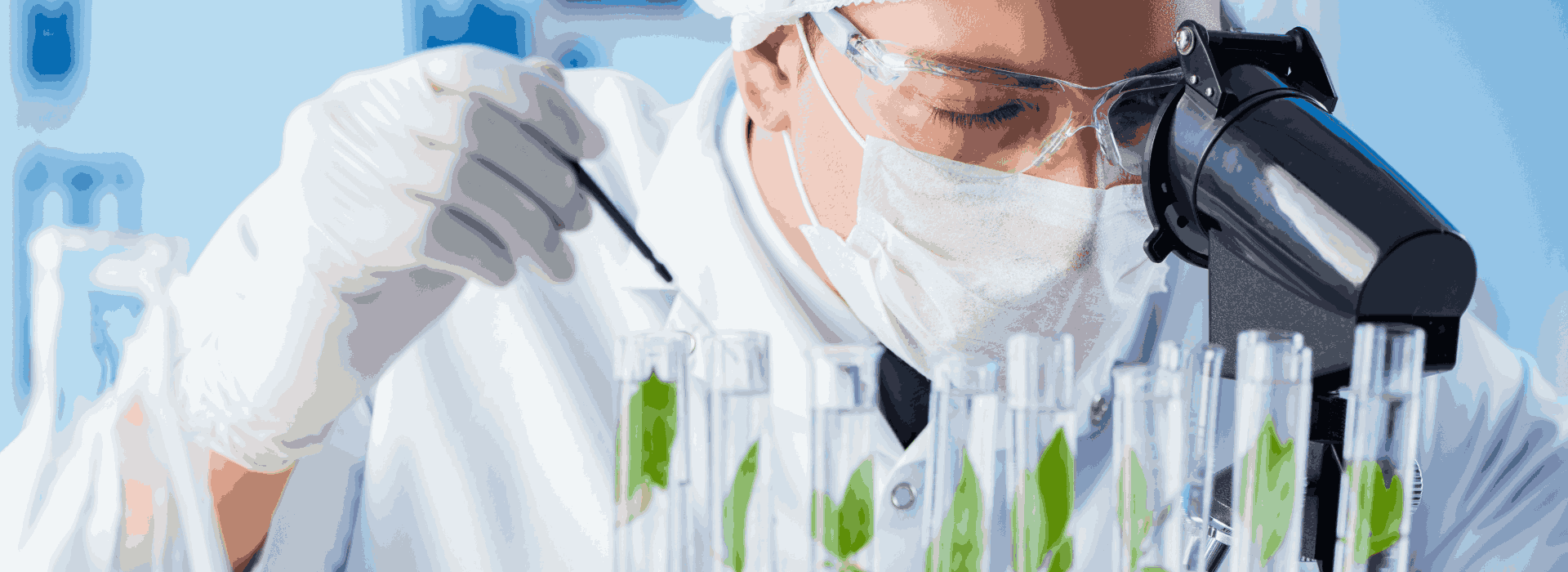Lab tested Kratom means it has been analyzed in a third-party lab to ensure it is free from any kind of contaminants, heavy metals like lead, and tested for its safety. The Kratom industry is largely unregulated, and with so many Kratom products and vendors, it is crucial to check for safety and efficacy. Lab-tested Kratom also ensures that every batch is free from any harmful substances and has the right amount of active compounds in each batch. This blog will provide you with an insight into why Kratom lab testing is essential and how you can read and comprehend lab test results like a pro.
Table Of Contents:
- What Does Lab Tested Kratom Mean?
- Why Is Kratom Lab Testing So Important?
- What Do Kratom Labs Test For?
- How To Evaluate Lab Test Results?
- Final Word On Lab Tested Kratom
- Frequently Asked Questions
What Does Lab Tested Kratom Mean?
When you see the term ‘lab tested Kratom,’ it usually means that the product has been thoroughly examined in a professional laboratory and confirmed to be safe, pure, and potent. At its core, Kratom testing labs process everything from alkaloid content to any possible contaminants. It is similar to when food or supplements are tested for quality standards before they reach you. In simple terms, lab-tested Kratom refers to Kratom that has gone through independent or third-party lab testing.
Why Is Kratom Lab Testing Important?
Kratom testing plays a significant role in safeguarding people against contaminated or low-quality products. As a buyer, you will be able to enjoy the full benefits of Kratom only when you have the surety that these products will not harm you in any way. Without proper testing, Kratom could contain mold, bacteria, or even heavy metals that can be hazardous to your wellness goals. Reliable brands like MIT45 do proper quality analysis of each Kratom batch and are known for their transparency and accountability.
What Do Kratom Labs Test For?
Professional Kratom labs majorly test for:
Alkaloid Content
Kratom testing labs measure the active compound responsible for Kratom’s effects. They measure the levels of mitragynine and ensure its potency.
Heavy Metals
Kratom is a naturally occurring plant and may have certain harmful metals like mercury and lead, which are very toxic and can be harmful as well.
Microbial Contaminants
To check for any dangerous bacteria like E.coli or Salmonella, and make sure that Kratom is free from any harmful pathogens.
Adulterants or Synthetic Additives
Some vendors have been known to adulterate Kratom with synthetic opioids. Lab tested Kratom ensures that there are no adulterants in it.
These tests give you peace of mind, knowing that the Kratom you are receiving has passed through Kratom labs.
How To Read Lab Test Results?
As a buyer, you may be confused about what to look for and what not to look for in a Kratom test report. But here’s a list of things you should check before making a purchase.
A kratom lab test, also called a Certificate of Analysis (COA), can look confusing if you’ve never seen one before. The report is important because it confirms what’s in your kratom and whether it’s safe. Here’s a simple breakdown of how to read it without getting lost in the technical details.
Step 1: Look at the Basic Information
- Batch or Lot Number → Should match the bag or product label.
- Date of Testing → Recent results matter more than old ones.
- Lab Name → Testing should come from an independent, third-party lab.
Step 2: Check the Alkaloid Profile
- Mitragynine → Usually 0.5%–1.5% in natural kratom.
- Other Alkaloids → Speciociliatine, Paynantheine, Speciogynine often appear in results.
- If these numbers are missing, the test isn’t complete.
Step 3: Review Microbial Safety
- Look for E. coli, Salmonella, Coliforms.
- The report should say “Not Detected” or “Absent.”
- Anything else is a warning sign.
Step 4: Heavy Metals
- Labs usually test for Lead, Mercury, Cadmium, and Arsenic.
- Results should be well below safety limits (shown in ppm or mg/kg).
Step 5: Purity Testing
- Some labs check for fillers, chemicals, or synthetic additives.
- Look for “No adulterants detected” or “Pass.”
Step 6: Watch for Red Flags
- Only mitragynine is tested.
- No numbers are listed, just “Pass/Fail.”
- Old or non-batch-specific reports.
- Vendor won’t provide lab results at all.
Step 7: Compare Vendors
- A good vendor will always share batch-specific COAs.
- Tests should be easy to find (QR code, website link, or included with product).
- Consistency in results shows reliability.
If a brand doesn’t provide transparent test results, it’s best to choose one that does. We believe transparency is the key so all of our MIT45 products have lab tests reports which you can go through.
Final Words
Choosing lab tested Kratom is one of the smartest decisions you should make before you purchase any Kratom product. It not only ensures that you’re getting a clean, safe, and high-quality product but also satisfies you as a buyer. By learning how to read test results and understanding what labs check for, you’ll be more confident in the Kratom you choose. Always buy from vendors that value kratom testing and openly share their results.
Frequently Asked Questions
What Should I Look For In A Kratom Test?
Verify the alkaloid content, absence of contaminants, and obtain a clear certificate of analysis from a trusted laboratory.
Can I Trust In-House Kratom Lab Testing?
In-house results are a good starting point, but third-party or independent testing is generally more reliable, as it removes potential bias.
How Often Should Kratom Be Tested?
Ideally, every batch should undergo Kratom testing to make sure the product remains consistent and safe.




